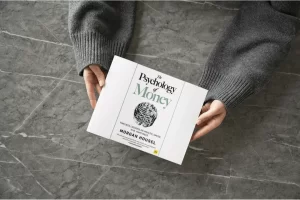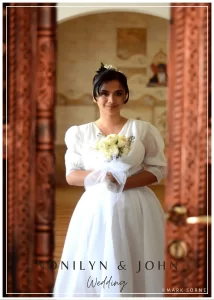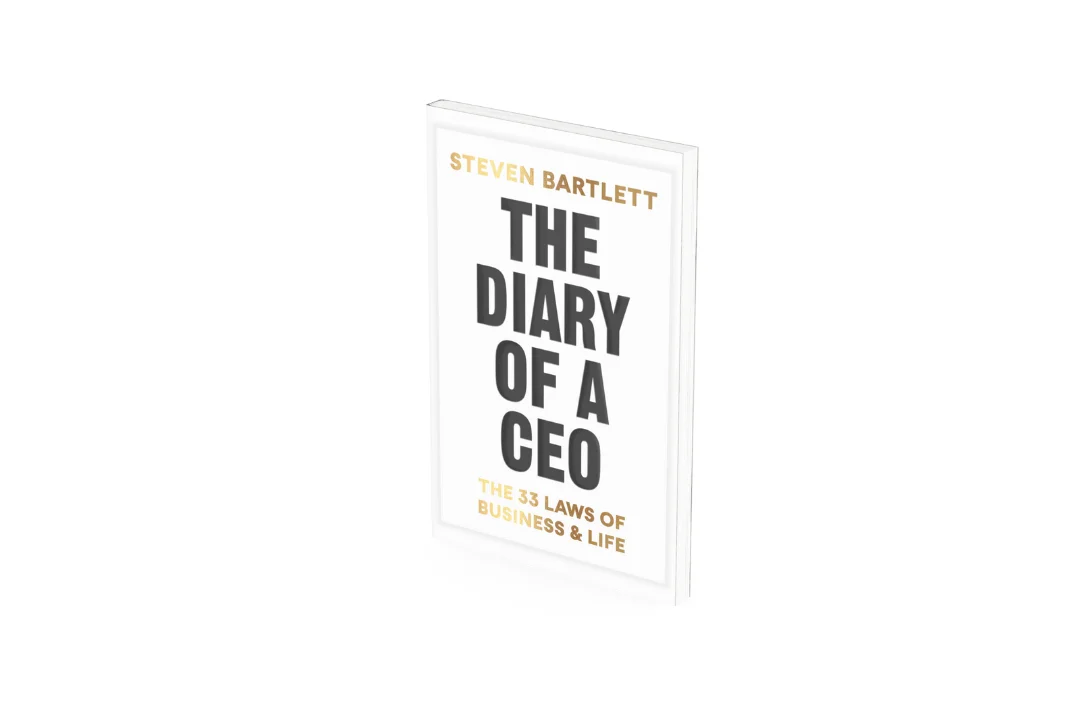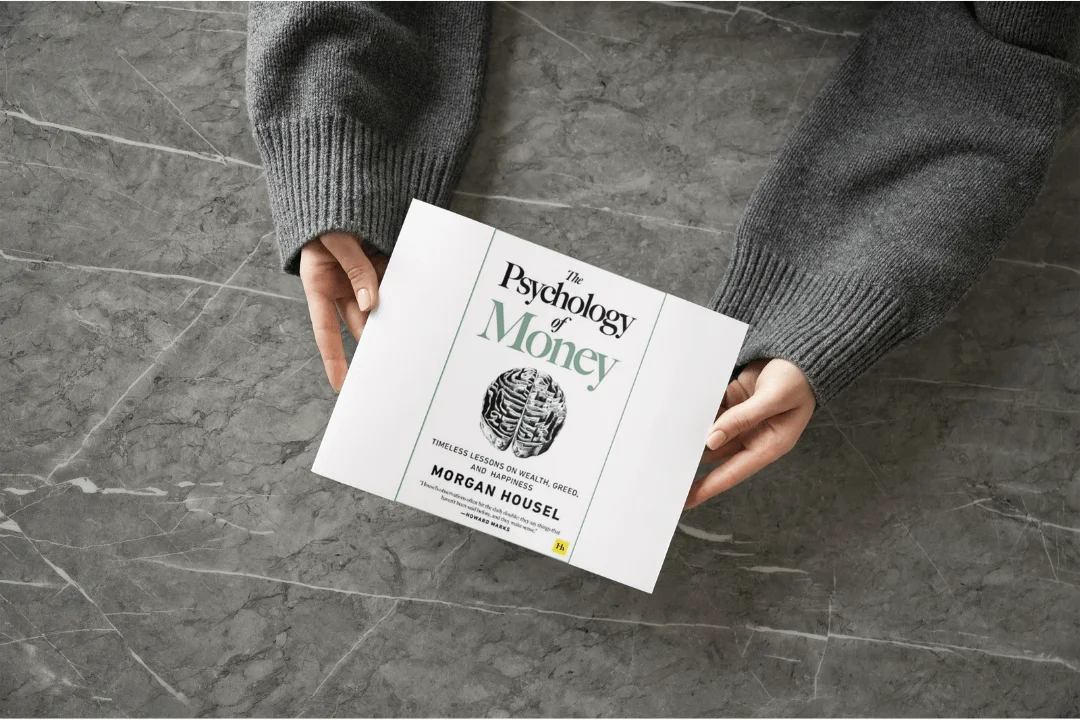Since the invention of photography, photographers have attempted to use the light of the moon in their landscape photographs. But it wasn’t until World War II that technology had advanced enough to allow for night photography.
Even with today’s technical advancements, it is still crucial to know the moon phase while taking nighttime shots since it will influence everything from the equipment you’ll need to the actual composition of your images.
There are certain sorts of equipment that you must bring with you while going on a night photography excursion.
- You really need a 35mm camera that allows you to manually set extremely lengthy exposure durations.
- A robust, reliable tripod is required.
- A cable announcement
- A sturdy carry bag or a vest with several compartments for your gear
- For your camera, extra batteries
- Several rolls of slow or medium-speed film (60 or 100 ISA; NEVER use 400 ISA, even if it’s what’s in your camera). Your images will be far too blurry to be of any use.
- Lenses that you are currently accustomed to wearing
- To record exposure times, a stopwatch is preferred over a wristwatch. Stopwatches are more precise and will provide you with more accurate data for subsequent moon photography sessions.
- A notepad and several pencils for keeping track of exposure durations and other crucial data
- A lamp that will make it simple for you to capture your information
If this is your first time attempting night photography under the moonlight, keep in mind that you will primarily be experimenting. You can more efficiently organize your future endeavor with the aid of the photos that resulted and your records.
The moon’s full phase, the two days before and two days following the full moon, or seeing it in a different direction, away from city lights, are the greatest periods for landscape photography without the need of extra light sources. Just like they would if you were taking photos during the day, any clouds in the sky will also have an impact on the quantity of light that is available for your night photography.
Due to the fact that so many factors will influence the results, you will need to experiment with your exposure times. The degree of moonlight present, any other light sources, clouds, rain, and light-reflective surfaces can all significantly alter the length of exposure time required.
In general, for night photography, one may assume that, under ideal circumstances, 8 seconds at f/8 with ISO 100 film will be approximately appropriate on a full moon night. You may require up to 10 hours in one shoot if the moon is in the crescent phase and the weather is ideal. So you can see that the only viable method for taking pictures of the moon is experimenting.
To get a sense for what your camera can accomplish for you, repeat your images with various exposure times.
A moonscape with moonbeams bouncing off of a river, stream, or creek would make a very attractive composition.
You can still take nighttime landscape photos when the moon changes phases, but you might need to relocate sites and pack some “extras.”
During your moonlight photography session, try experimenting with various moonscape compositions like:
A little piece of the moon or a waxing crescent hanging in the sky above brilliant city lights.
For your moon photography session, bring a flash or a flash unit to illuminate a deserted home, use colored gels to get various color effects, and have a dim last quarter moon lurking in the distance.
You may experiment with starlight effects or let passing automobile lights streak across your composition as the moon transitions from full to new.
When taking pictures of the moon, make sure to note not only the amount of time your film was exposed, but also the overall climate and the moon’s phase. You can take better images in the future thanks to this.
Knowing how much natural light is likely to be available will help you choose the best time to go out and what sort of equipment to bring, making night photography easier when you can prepare appropriately.
Every aspiring photographer should take on the creative and gratifying challenge of nighttime landscape photography.






